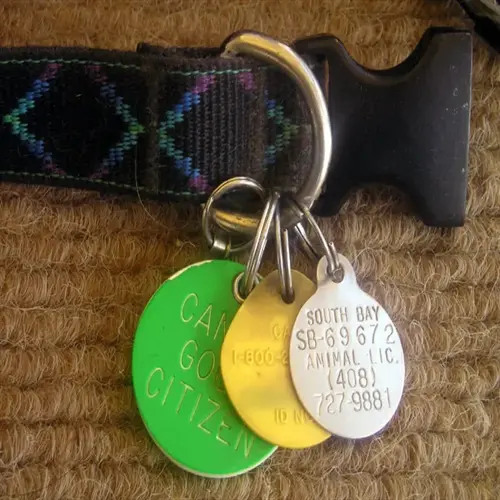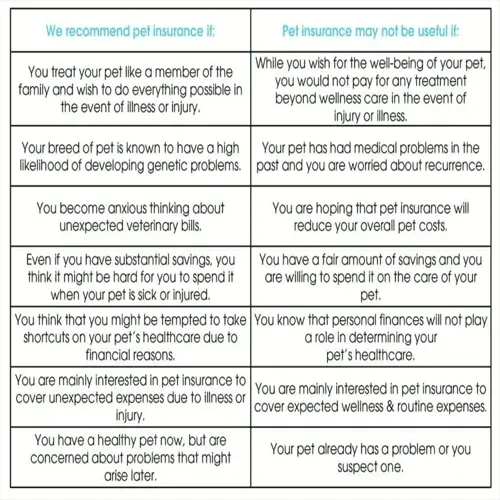What safety risks do cage dryers pose?

Written by
Robert Brown
Reviewed by
Prof. Henry Webster, Ph.D.Cage dryers represent serious hazards that pet owners often overlook. These enclosed devices trap heat and can quickly reach dangerous temperatures in excess of 65°C (149°F) within just a few minutes. Pets can suffer from heat stroke even with supervision, as the confined settings do not allow for adequate ventilation. I have been a professional groomer for 16 years, and have seen pets collapse from respiratory distress caused by these devices. An experienced groomer will never use cage dryers for these critical reasons.
Heatstroke Mechanism
- Temperatures exceed safe 40°C (104°F) limit in under 5 minutes
- Enclosed design prevents heat dissipation creating oven effect
- Panting fails to cool pets in stagnant air environments
Respiratory Dangers
- Humidity builds up to 80% causing breathing difficulties
- Lack of oxygen leads to disorientation and collapse
- Brachycephalic breeds like pugs face extreme risk
Safe Alternatives
- Stand dryers maintain 30cm distance with adjustable airflow
- Temperature never exceeds 40°C (104°F) with cool shot buttons
- Open airflow prevents humidity buildup and oxygen depletion
Identify heat stroke symptoms early. They normally show excessive panting, bright red gums and tongue, followed by confusion and then vomiting or fainting. As soon as you observe these symptoms, move your pet to a cool spot as quickly as possible. Apply room temperature towels to their bodies and immediately call your veterinarian.
Proper use of the stand dryer will prevent accidents. Maintain 30cm from the body of the pet. Keep the airflow constantly moving, thus avoiding concentrating it on one spot. Use the cool shot button every two minutes; this avoids heat build-up. Keep a close eye on the pets at all times and stop immediately if you notice any discomfort.
Choose safe equipment with essential functions. Select dryers having an automatic shut-off at 40 degrees C (104 degrees F). Select dryers having variable speed controls that operate in relation to the thickness of the coat of the animal. Select light-duty dryers weighing less than 2 kg if prolonged drying times are necessary. These features all contribute to safe and efficient drying sessions.
Establish safety protocols for all drying sessions to ensure a safe environment. Never leave pets unattended near dryers. Provide water bowls available nearby. Schedule breaks every 10 minutes with pets having long coats. These measures protect pets while ensuring thorough drying without risk to them.
Read the full article: 10 Must-Have Pet Grooming Tools for Pros

